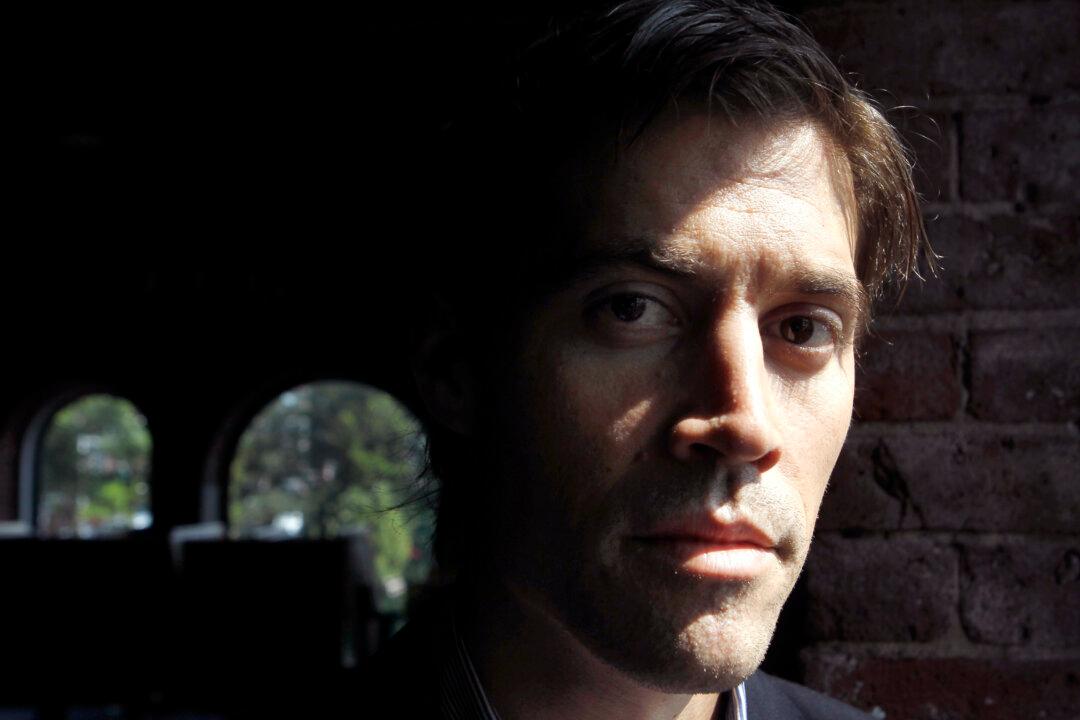The mother of journalist James Foley, who was beheaded by Abu Bakr al-Baghdadi’s men, has thanked President Donald Trump and U.S. forces for their efforts that lead to the suicide of the former ISIS leader.
Diane Foley shared a touching statement to the president via the James Foley foundation, which advocates for the freedom of all U.S. hostages abroad and promotes the safety of journalists worldwide.





